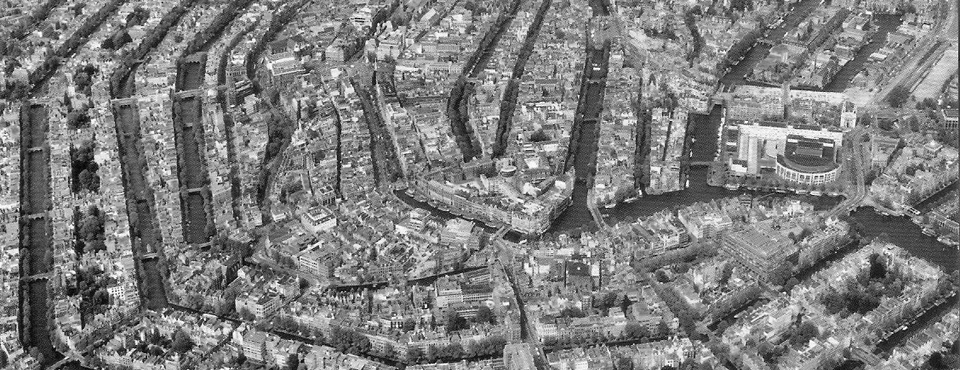
The mixed effects of mixed land use
By Francis Ostermeijer,* repost from spatialeconomics.nl.
A city is a thriving organism composed of high densities of people, mostly strangers, which live and interact in a complex series of direct and indirect exchanges. In the past urban policies often aimed to develop monofunctional neighbourhoods, where people and different types of jobs (e.g. manufacturing, business services and retail) were separated. However, in recent decades, the concept of mixed land use (MLU) has been hailed by urban planners for diminishing the demand for car transport and improving the vitality of urban neighbourhoods. MLU entails the integration of various land uses in an area; such as a street or neighbourhood with housing, shops, offices and leisure activities. However, while planners often take a more favourable stance towards MLU developments, economists tend to take a more critical approach.
The economic critique rests upon the notion of agglomeration economies, a technical term for local benefits which arise from densification of economic activity in a certain area. While households may benefit from proximity to various land uses, firms potentially face a loss in agglomeration economies because they do not locate with firms of a similar kind. However, it is still unclear whether agglomeration economies exist solely between firms in a specific industry and sector (therefore a negative impact would be expected), or whether they arise as a result of density and diversity of land uses.
My thesis attempts to better understand how diversity affects the value of land in an urban area. Specifically, the study investigates the economic benefits and costs of MLU for firms, measured as the value companies are willing to pay (note this can be negative) to rent a property in a mixed building, street or neighbourhood.
The findings indicate that in general firms dislike mixing with other land uses within the same building while preferring to locate on a mixed street. This suggests that solely from a producer’s perspective, horizontal mixing (on the street) is preferred to vertical mixing (within a building).
So why would this be the case? Firms may place a high value on privacy & security concerns, prestige and potentially (highly) localised agglomeration economies which could explain the negative effect at the building level. On the other hand, the benefits from a diverse composition of land uses on a street such as; pedestrian safety, less pollution & congestion, higher aggregate demand and a better distribution of demand may outweigh the costs imposed by less privacy, higher localised congestion and a loss in agglomeration economies.
What does this mean for policy? Land uses in cities are highly regulated; almost every new building requires permission by urban planners. In this highly regulated environment, it is essential to get the regulations right. This thesis suggests that firms find it unattractive to co-locate in the same building with other users. Therefore, unless residents experience larger gains from locating in a mixed building, it should not be imposed by new regulation. Furthermore, it also indicates that efforts should be focused on making streets more mixed. Additional research should be focused on refining these estimates and comparing estimates for firms and households to get a balanced and comparable picture.
Read the complete thesis here.
* Francis Ostermeijer is a PhD candidate at the Department of Spatial Economics, Vrije Universiteit Amsterdam. His drive to study the economics of cities stems from a sprinkle of inspiration from Jane Jacobs and a strong curiosity in understanding the complex series of, often unobserved, interactions between people living and working in close proximity. Currently his research focuses on the link between transport networks and city development, in particular how automated vehicles will impact the urban structure.
